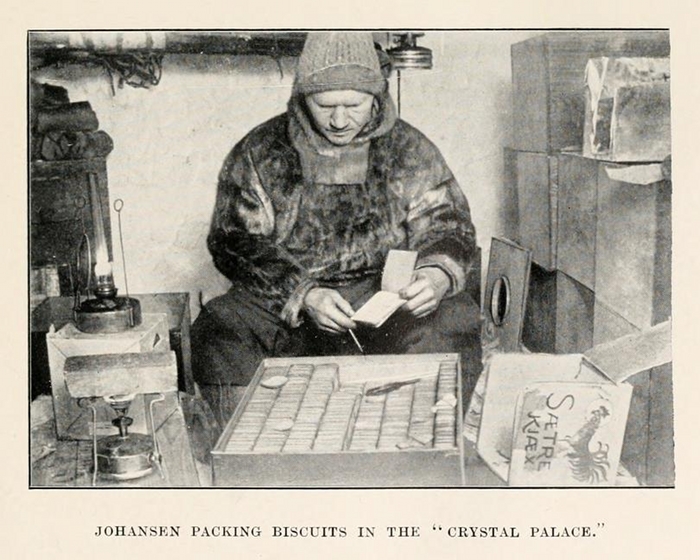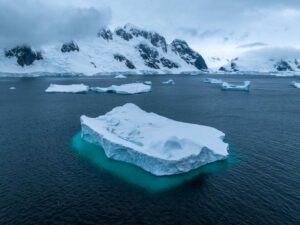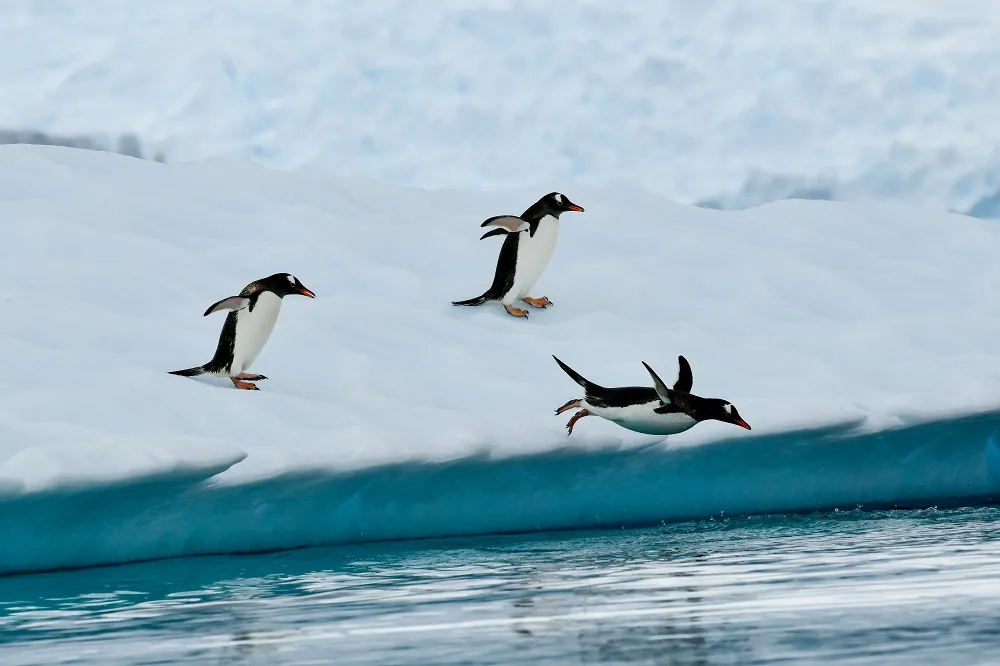Preparation in Antarctica
The History and Art of Preparation in Antarctica
Preparation for Antarctica. Its essential – it was essential for Amundsen and is equally true and essential for our scientists. One of my favorite Antarctic quotes comes from Amundsen –
Victory awaits him who has everything in order — Luck, people call it Defeat is certain for him who has neglected to take the necessary precautions in time; this is called bad luck.
and then I like how he finished the quote –
But pray do not think this is an epitaph I wish to have inscribed on my own tomb. No; honour where honour is due — honour to my faithful comrades, who, by their patience, perseverance, and experience, brought out equipment to the limit of perfection, and thereby rendered out victory possible. – Roald Amundsen
We believe in this quote 100% and apply it to our own operation. We try to have everything in order – all systems working, spare parts ready, so that when things go wrong, we are ready to fix them and when there are great opportunities – our boat is ready to take advantage.

This approach of preparation plays our for our Guest Scientist Program as well. We tell our guest scientists – Antarctica is not the place to try new things. Let me share a few examples of our own and examples as history has taught us as to why this is true and why preparation leads to success in Antarctica – whether its the south pole or collecting data:
Success Stories – Our Scientists
Whales
Last year we had french scientist Bertrand join us, so he could continue to collect research on the question of if whales could smell. His method involved observations, deploying a floating hydrophone, deploying a drone, releasing dried krill. There were many cogs in the wheel for how to conduct this experiment. Prior to joining Ocean Tramp Bertrand had already run the SAME experiment in the Mediterranean and in Iceland. When he arrived in Ushuaia prior to the trip, he knew exactly what he needed to test – test the drone, as he was now in the southern hemisphere. He knew the best way to pack the equipment on the boat. When we arrived in Antarctica and we saw our first whales, he already knew the drill – we got out the equipment, he started assigning roles and the equipment, the experiment it all worked. And for an experiment with so many moving parts – drones, hydrophones, krill, observers – he was ready. Even the small stuff. He had stop watches for the observers, also with clip boards and prepared documents on which to note the observations. He was ready because he had tested it all before and made all tweaks necessary.
Otters
For two seasons we have worked with Alejandro Valenzuela and his otters of Tierra del Fuego. For many years he had placed motion cameras in the Tierra del fuego national park to capture videos of the otters. The national park is 15 minutes outside of town, so he was able to check the cameras often and make changes as needed. However in Isla de los Estados, where we visit some locations only once a year, he doesn’t have the luxury of many small changes. As I watched him place many cameras I have seen him implement many small lessons learned such as:
- There is a nylon strap that helps attach the camera to the tree. He makes sure that the tail of the strap is fully tied off and with NOTHING hanging or flapping – why? On one of his first cameras in the national park, the tail was not fully secured and it started flapping in the wind – creating motion in the camera, so all of the videos instead of capturing the otters, there were hundreds of videos of a flapping strap.
- Settings – the camera has as plethora of settings. From experience Ale knows exactly what the settings should be – too much light and you see nothing, too little and you also see nothing.
Alejandro has applied his past knowledge of smaller mis-haps to be able to place successful cameras on Isla de los Estados. The result – has been excellent data, recognition at scientific conferences, and a now a growing network of cameras on the island.
How we are preparing this season
Citizen Science
This year we are partnering with Allison Lee and her project FjordPhyto as part of her PhD project at Scripps Institution of Oceanography. We received the kit in October. The kit includes a Plankton net, a temperature Salinity probe, a secchi disk, a microscope, a pump to filter the water, plus many accessories. As soon as we received the kit we started testing the various components on trip to Isla de los Estados. In early December we were lucky enough that Allison was in town in Ushuaia when we were in town.
We dragged her over to the boat to test out the whole process. For me it was fantastic to have THE SCIENTIST right next to me explaining how she wanted it done. We were able to talk through some of my questions. She was able to show me and explain to me some of the phytoplankton we had found in the bay of Ushuaia.
Fantastic and it means when we get to Antarctica – I’ve tested everything, I know how it works, so no fiddling around once there – just get to work sampling!!!!! Our passengers will get to help out with the sampling and be able to look under the microscope to see the samples we are taking!
Back to History
I’ll admit – I’m more of an Amundsen fan than a fan of Scott, so my bias is out there. There are of course many ways to look at the “race” to the south pole, however one perspective I take is one of preparation. Amundsen had an incredible wealth of experience – he had been 2nd mate on the Belgica Expedition which over wintered in Antarctica, he had spent a good handful of years being the first to cross the NorthWest passage – this involved spending a few winters with the Inuit – where is observed and learned invaluable techniques very applicable to Antarctica. He also spent an incredible amount of time once in Antarctic refining his equipment over the winter after their initial season of experience. The result was that a successful South Pole. If you read his account its not full of suffering – its hard, for sure, but not extreme suffering.

Meanwhile Scott decided to try out many new things. the justification is that its all in the name of science. But many of the less than successful methods of locomotion could have bee tested pre-arrival in Antarctica. Scott tested out one of the first versions of snow mobiles, he brought Siberian Ponies, he did bring sled dogs, but they and their handler got sent back for numerous reasons (one including they were too fast for the rest of the group). In the end Scott and his team “man-hauled” ie pulled sleds themselves with no other assistance all the way to the South Pole. Indeed their account is one of suffering. There are MANY factors to one’ success over the other and Scott did almost made it – but had a bit of “bad luck” with weather as well (or as Amundsen might point out bad preparation). A very complex story boiled down to make a point about preparation but I think over all it does.















